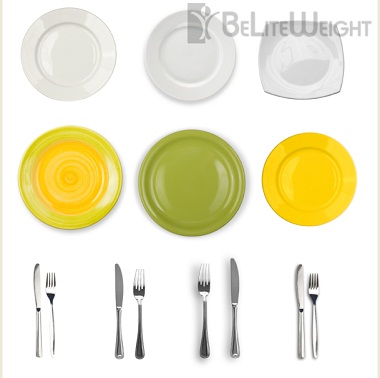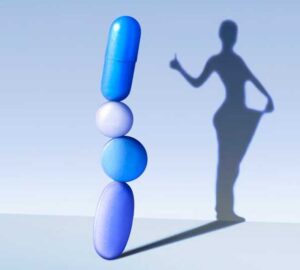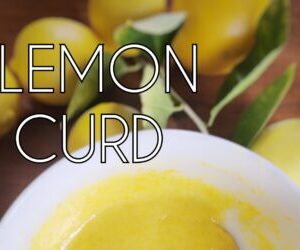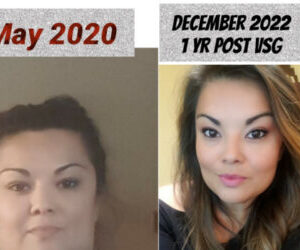At the end of the day, maybe losing weight is all about your plate.
In theory, dropping some pounds or maintaining your weight is easy: Consume fewer calories than you burn each day and you'll lose weight; eat more and you'll gain weight. Simple, right? Not so fast.
The reality is that losing weight is more complicated than "calories in vs. calories out." You've got to deal with cravings, emotions and the size and color of your plate.
That's right: Researchers now say the size and color of your plate can play a role in determining how many calories you consume during any given meal.
According to the researchers, the larger the plate (or bowl, for that matter), the more food you'll pile on it—and the more calories you'll wind up consuming.
During the study, the researchers took three groups of people and gave each group three different sized plates—small, medium and large.
The people with the larger plates served themselves 31 percent more food than the people with the small plates. Researchers found that food on the small plate looks like larger than the exact same one-cup serving does when placed on a large plate. Therefore, people with the larger plate add a little extra (31 percent, to be exact) just to cover the plate.
The end result is that the people with the larger plates ended up eating more calories. This naturally leads to weight gain—eating even a modest 50 extra calories a day adds up to five extra pounds a year.
In addition, the researchers discovered that the color of a plate matters, too. When people scooped a red sauce into a red bowl, they scooped significantly more than people scooping the same red sauce into a white bowl.
Apparently, people with the red bowls couldn't accurately gauge how much food they'd actually scooped into their bowls—there wasn't enough contrast.
So what does this mean for your weight-loss efforts? It means you might want to get a set of smaller plates and bowls—and you'll want to try to use colors that provide contrast to the food you're eating.






